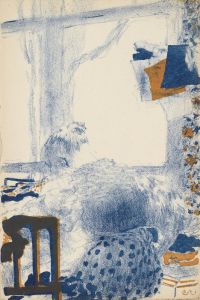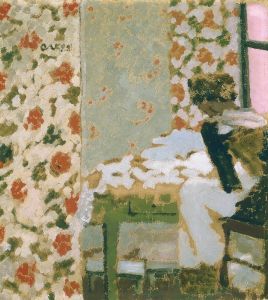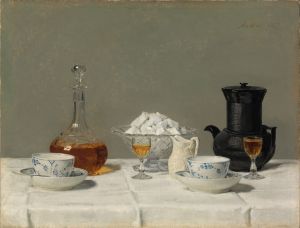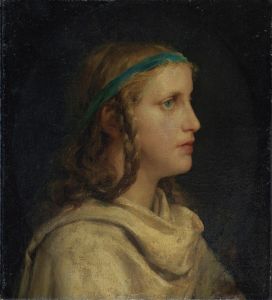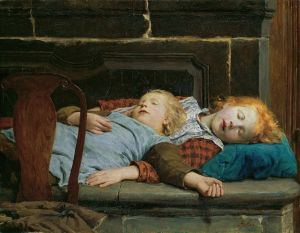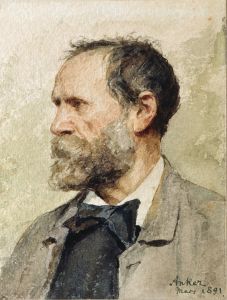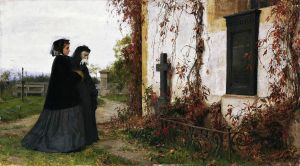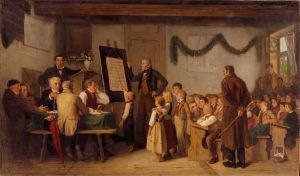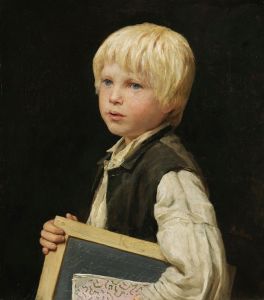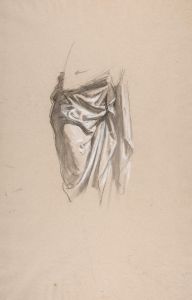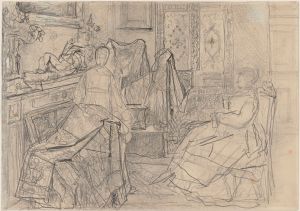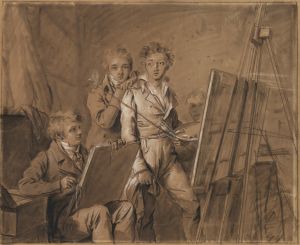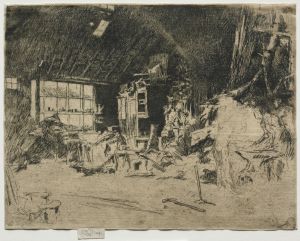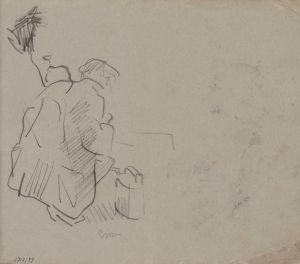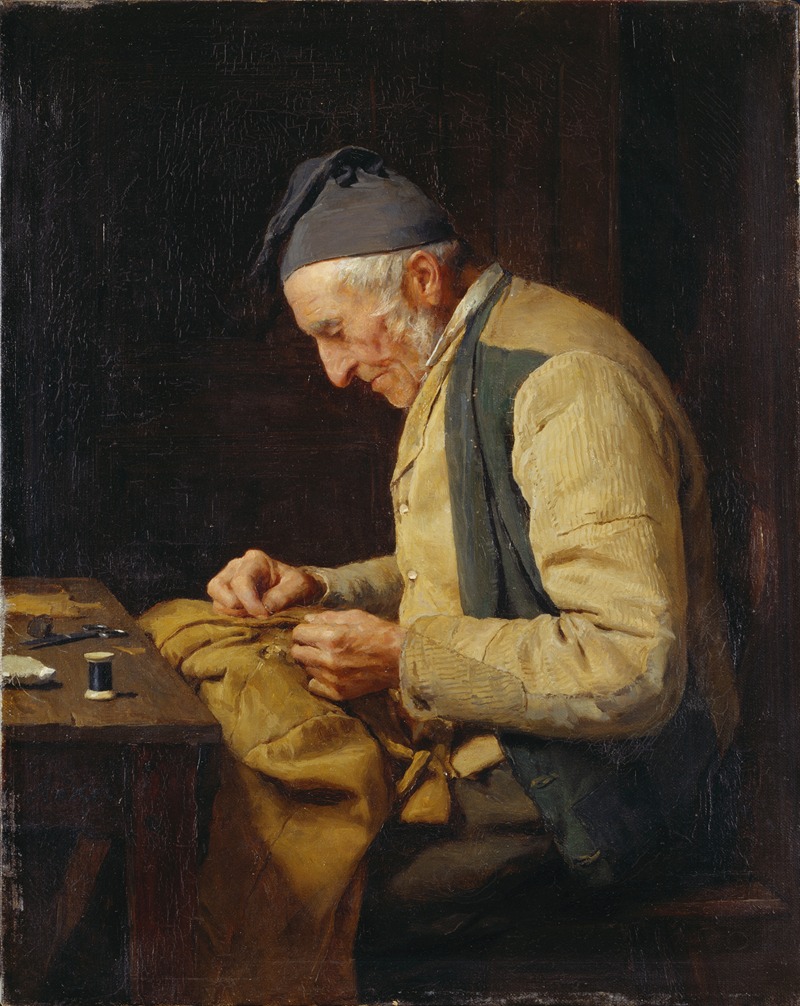
The village tailor
A hand-painted replica of Albert Anker’s masterpiece The village tailor, meticulously crafted by professional artists to capture the true essence of the original. Each piece is created with museum-quality canvas and rare mineral pigments, carefully painted by experienced artists with delicate brushstrokes and rich, layered colors to perfectly recreate the texture of the original artwork. Unlike machine-printed reproductions, this hand-painted version brings the painting to life, infused with the artist’s emotions and skill in every stroke. Whether for personal collection or home decoration, it instantly elevates the artistic atmosphere of any space.
Albert Anker's painting The Village Tailor is a notable work by the Swiss artist, who is widely regarded as one of the most important painters of 19th-century Switzerland. Anker, often referred to as the "national painter" of Switzerland, is celebrated for his detailed and realistic depictions of rural life, capturing the everyday experiences of ordinary people with warmth and precision.
The Village Tailor exemplifies Anker's characteristic style, which combines realism with a sense of intimacy and respect for his subjects. The painting portrays a tailor at work in a modest, well-lit interior, surrounded by tools of his trade. The scene is rendered with meticulous attention to detail, from the folds of fabric to the expressions of the figures. This focus on the everyday life of rural communities reflects Anker's interest in documenting the cultural and social fabric of 19th-century Swiss society.
Anker's works, including The Village Tailor, are often noted for their moral undertones and emphasis on the dignity of labor. By depicting tradespeople, children, and families in their natural environments, Anker sought to highlight the value of simple, honest work and the importance of community. His paintings often evoke a sense of nostalgia for a way of life that was beginning to change with the advent of industrialization.
Albert Anker was born in 1831 in Ins, Switzerland, and studied art in Paris at the École des Beaux-Arts. He was influenced by the realism of artists such as Gustave Courbet and Jean-François Millet, but his works are distinguished by their gentler tone and focus on Swiss rural life. Anker's paintings gained widespread recognition during his lifetime, and he exhibited regularly in Switzerland and abroad.
Today, The Village Tailor is considered an important example of Anker's oeuvre and is often cited as a representation of his ability to combine technical skill with a deep empathy for his subjects. The painting is housed in a museum collection, though specific details about its current location may vary. Anker's legacy continues to be celebrated in Switzerland, where his works are regarded as a vital part of the country's cultural heritage.





